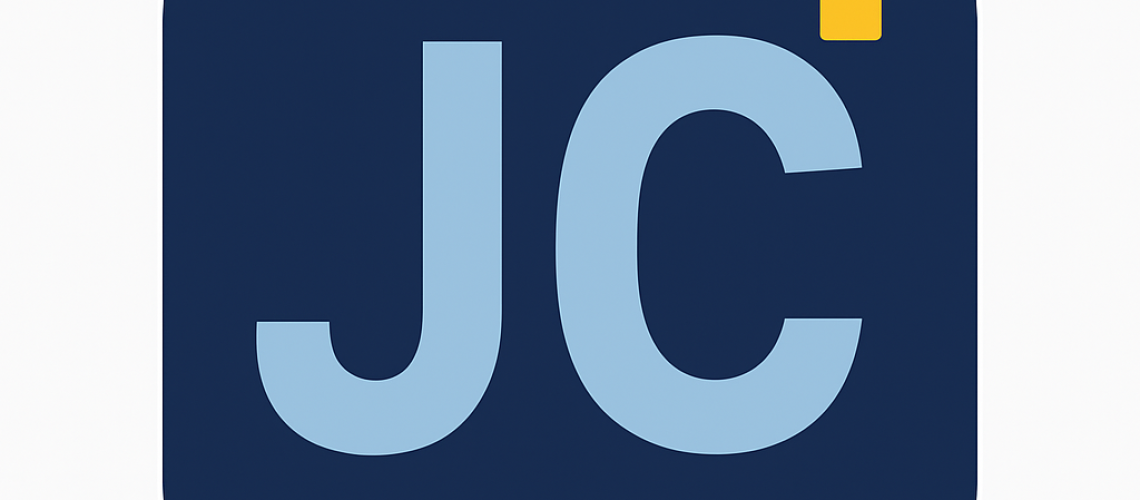Promoting AI Innovation and Adoption Throughout Europe While Safeguarding the Rights of Our People

In December 2023, the European Union agreed on a legal framework for Artificial Intelligence. This is a big deal because it’s the first time a group of countries has made such rules for AI.
The Four Risk Levels
It categorizes AI into four risk levels, setting the guidelines for each.
Unacceptable-Risk:
AI systems in this category pose significant threats to safety, fundamental rights, or democracy. Examples include manipulative AI targeting vulnerable groups and government social scoring systems.
These AI systems are typically banned, with the Act prohibiting their use to protect public interests and individual rights.
High-Risk:
This includes AI in critical infrastructure (like transportation, energy, and healthcare) and essential services (such as credit scoring or recruitment processes).
Strict compliance standards are mandatory, encompassing thorough testing, robust data management, and detailed documentation. These systems are closely monitored to ensure they meet safety and ethical standards.
Limited-Risk:
Applications like chatbots, emotion recognition systems, and AI-generated deepfake content. These AI systems interact more directly with users and can influence decisions or affect privacy.
Disclosure to users is required, ensuring they know they’re interacting with AI. This includes labeling AI-generated synthetic media.
Minimal/No-Risk:
AI systems with minimal or negligible risk, like AI-driven spam filters or basic content recommendation algorithms.
These systems are subject to minimal regulations. Their use is widely permitted, with voluntary codes of conduct recommended for ethical and responsible use.
Penalties
Penalties for breaking the rules of the EU AI Act vary based on the AI system involved, the company’s size, and the violation’s seriousness. The fines are structured as follows:
- For providing incorrect information, companies can be fined up to 7.5 million euros or 1.5% of their total worldwide annual turnover, whichever is greater.
- For not following the obligations set out in the EU AI Act, the fines can go up to 15 million euros or 3% of the total worldwide annual turnover, again, whichever is higher.
- The most severe penalties, up to 35 million euros or 7% of worldwide annual turnover, are reserved for using banned AI applications.
source: https://data.consilium.europa.eu/doc/document/ST-14954-2022-INIT/en/pdf
Your feedback is essential to me. If you enjoyed the reading,
please help me with a couple of claps or leave a comment. Thank you.

Stay Ahead Of The Curve
Subscribe for the Latest Insights on Leadership and Digital Transformation

Disclaimer: This post was created with the help of AI tools to improve efficiency, required hours of dedicated writing, and contains my experience in the field.





